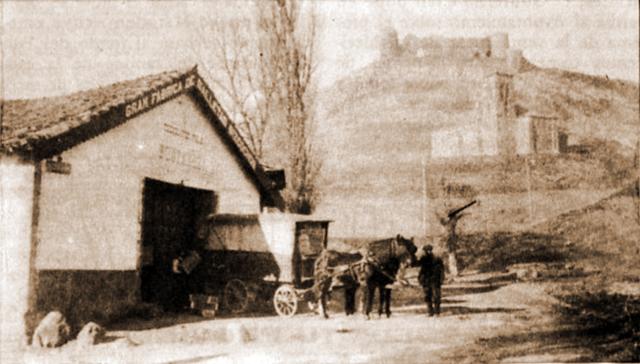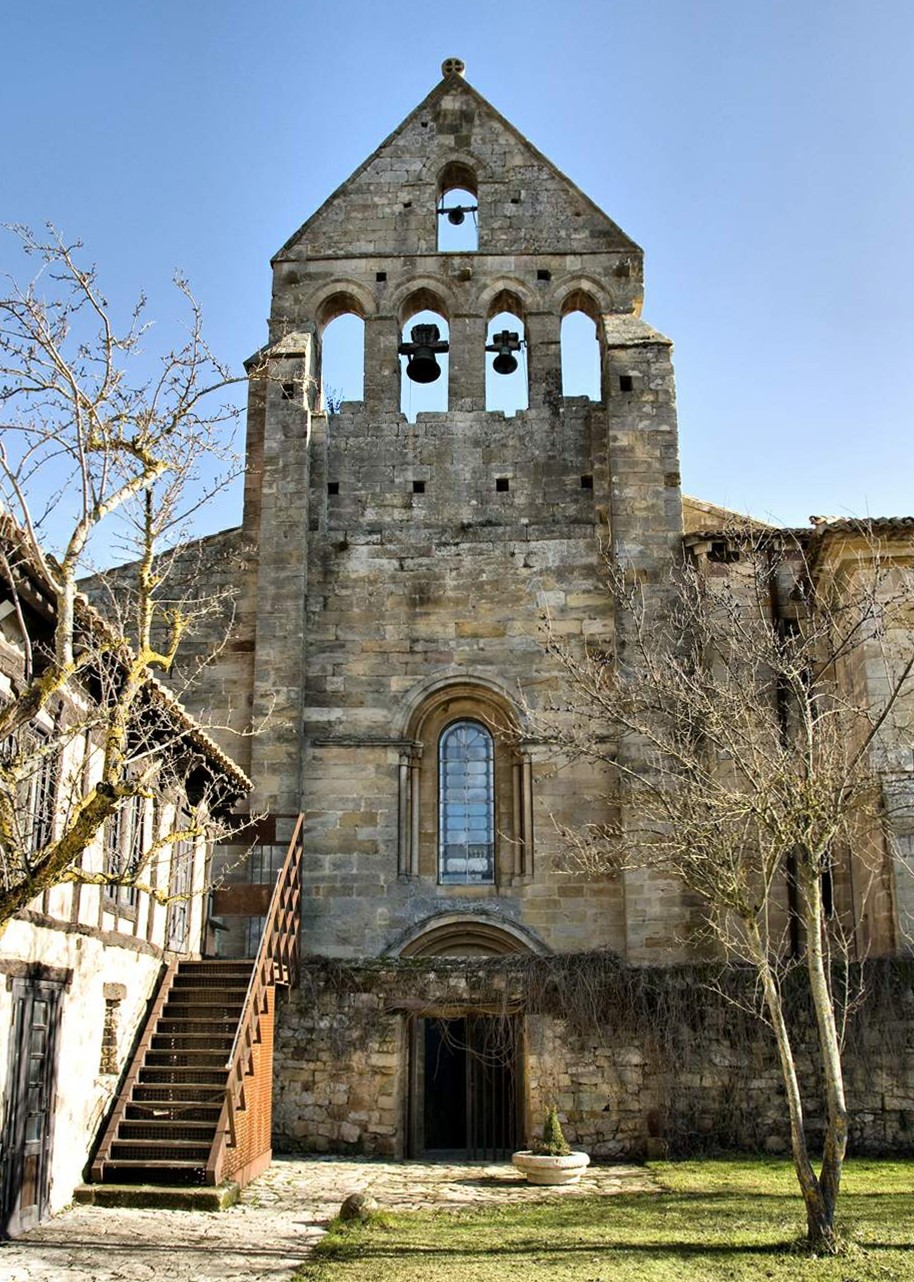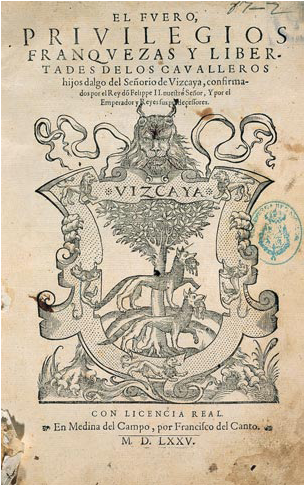|
Aguilar De Campóo
Aguilar de Campoo () is a town and municipality of Spain located in the North of province of Palencia, autonomous community of Castile and León. The River Pisuerga flows through its historic centre. Its 2011 population was 7741. It is one of the locations of the St. James' Northern Way (Ruta del Besaya). Since 2017, the municipality has been included in the Geopark of Las Loras, the first UNESCO Geopark in Castile and León. History In May 1255 Alfonso X the Wise granted Aguilar a royal fuero, and thus the town also became a ''realengo'' ('royal demesne'). The town maintained that status until 1332. The town featured a seizeable Jewish community in the middle ages. Gullón and Fontaneda opened biscuit factories in 1904 and 1913, respectively, and the town acquired a reputation as a renowned biscuit-making centre in Spain in the 20th century. In medieval times, Aguilar de Campoo was home to a Jewish community. The earliest documentation of Jews in Aguilar de Campoo dates to ... [...More Info...] [...Related Items...] OR: [Wikipedia] [Google] [Baidu] |
Municipalities Of Spain
The municipality (, , , , , )In other languages of Spain: *Catalan language, Catalan/Valencian (), grammatical number, sing. . *Galician language, Galician () or (), grammatical number, sing. /. *Basque language, Basque (), grammatical number, sing. . *Asturian language, Asturian (), grammatical number, sing. . is one of the two fundamental territorial divisions in Spain, the other being the Provinces of Spain, provinces. Organisation Although provinces of Spain, provinces are groupings of municipality, municipalities, there is no implied hierarchy or primacy of one over the other. Instead the two entities are defined according to the authority or jurisdiction of each (). Some autonomous communities also group municipalities into entities known as ''comarcas of Spain, comarcas'' (districts) or ''mancomunidades'' (commonwealths). The governing body in most municipalities is called ''Ayuntamiento (Spain), ayuntamiento'' (municipal council or municipal corporation, corpora ... [...More Info...] [...Related Items...] OR: [Wikipedia] [Google] [Baidu] |
Galletas Gullón
Galletas Gullón () is a Spanish food sector company dedicated to the manufacture of crackers and biscuits. Founded in 1892, in Aguilar de Campoo in the province of Palencia surrounded by wheat fields, Gullón has been the leading producer of biscuits in Spain. In 2009, it had an annual production of 102 million kg and a turnover of 163 million euros and in 2014 with a turnover of 286.6 million euros.GullóGULLÓN OPENS ITS NEW INDUSTRIAL PLANT VIDA2015, accessed 20 July 2018 Gullón had a turnover of 630 million euros in 2023. Gullón has two production factories; in Aguilar de Campoo, the second ''Gullón II'', located next to the Cantabria-Meseta motorway and opened in 2003, covers an area of 100,000 m2, and is the largest biscuit factory in Europe.RTVE Gullón se enzarza en la guerra de las galletas� Retrieved September 29, 2010. Gullon’s CEO and Managing Director since 1983 has been María Teresa Rodríguez Sainz-Rozas, who defends the profit reinvestment policy ... [...More Info...] [...Related Items...] OR: [Wikipedia] [Google] [Baidu] |
Aguilar De Campoo - Colegiata De San Miguel Arcángel 9
Aguilar may refer to: People *Aguilar (surname) Places Spain *Aguilar de Bureba, municipality and town in the province of Burgos, Castile and León *Aguilar de Campoo, town in the province of Palencia, Castile and León * Aguilar de Campos, municipality located in the province of Valladolid, Castile and León * Aguilar de Codés, town and municipality in Navarre *Aguilar de la Frontera, municipality and town in the province of Córdoba, Andalusia *Aguilar de Segarra, municipality in the province of Barcelona, Catalonia *Aguilar del Alfambra, municipality in the province of Teruel, Aragon *Aguilar del Río Alhama, municipality in La Rioja Elsewhere *Aguilar, Colorado, town in Las Animas County, Colorado, USA *Aguilar, Pangasinan, municipality in the province of Pangasinan, Philippines *Cape D'Aguilar, cape on Hong Kong Island *D'Aguilar National Park, national park in Queensland, Australia Other * – condemned 1825 *Château d'Aguilar, a Cathar castle in the Aude département, ... [...More Info...] [...Related Items...] OR: [Wikipedia] [Google] [Baidu] |
Collegiate Church Of San Miguel
Collegiate may refer to: * College * Webster's Dictionary, a dictionary with editions referred to as a "Collegiate" * ''Collegiate'' (1926 film), 1926 American silent film directed by Del Andrews * ''Collegiate'' (1936 film), 1936 American musical film directed by Ralph Murphy * "Collegiate" (song), song by Moe Jaffe and Nat Bonx See also * Collegiate athletics, athletic competition organized by colleges and universities * Collegiate church, a church where the daily office of worship is maintained by a college of canons * Collegiate School (other) * Collegiate institute, a Canadian school of secondary or higher education * Collegiate university * St Michael's Collegiate School, Hobart, Australia * Collegiate Gothic Collegiate Gothic is an architectural style subgenre of Gothic Revival architecture, popular in the late-19th and early-20th centuries for college and high school buildings in the United States and Canada, and to a certain extent Europ ..., an ... [...More Info...] [...Related Items...] OR: [Wikipedia] [Google] [Baidu] |
Monastery Of Santa María La Real (Palencia)
Santa María la Real is a monastery in Aguilar de Campoo, province of Palencia, Spain. Santa María la Real is a common name for monasteries in Spain, and indicates a royal connection, in this case to King Alfonso VIII of Castile. From the 12th century the monastery was the home of a Premonstratensian community. The architecture is in a transitional style between Romanesque and Gothic. Conservation The monastery was closed in the 19th century as a result of the Ecclesiastical Confiscations of Mendizábal. The buildings fell into ruin and in 1871 various capitals (dated ''circa'' 1200) were removed to the National Archaeological Museum, Madrid. In 1914 the monastery was declared a national monument A national monument is a monument constructed in order to commemorate something of importance to national heritage, such as a country's founding, independence, war, or the life and death of a historical figure. The term may also refer to a sp .... The restored buildings t ... [...More Info...] [...Related Items...] OR: [Wikipedia] [Google] [Baidu] |
Expulsion Of The Jews From Spain
The Expulsion of Jews from Spain was the expulsion of practicing Jews following the Alhambra Decree in 1492, which was enacted to eliminate their influence on Spain's large ''converso'' population and to ensure its members did not revert to Judaism. Over half of Spain's Jews had converted to Catholicism as a result of the Massacre of 1391. Due to continuing attacks, around 50,000 more had converted by 1415. Many of those who remained decided to convert to avoid expulsion. As a result of the Alhambra decree and the prior persecution, over 200,000 Jews converted to Catholicism, and between 40,000 and 100,000 were expelled. An unknown number returned to Spain in the following years. The expulsion led to mass migration of Jews from Spain to France, Italy, Greece, Turkey and the Mediterranean Basin. One result of the migration was new Jewish surnames appearing in Italy and Greece. The surnames Faraggi, Farag and Farachi, for example, originated from the Spanish city of Fraga. In 192 ... [...More Info...] [...Related Items...] OR: [Wikipedia] [Google] [Baidu] |
Jewish
Jews (, , ), or the Jewish people, are an ethnoreligious group and nation, originating from the Israelites of History of ancient Israel and Judah, ancient Israel and Judah. They also traditionally adhere to Judaism. Jewish ethnicity, religion, and community are highly interrelated, as Judaism is their ethnic religion, though it is not practiced by all ethnic Jews. Despite this, religious Jews regard Gerim, converts to Judaism as members of the Jewish nation, pursuant to the Conversion to Judaism, long-standing conversion process. The Israelites emerged from the pre-existing Canaanite peoples to establish Kingdom of Israel (Samaria), Israel and Kingdom of Judah, Judah in the Southern Levant during the Iron Age.John Day (Old Testament scholar), John Day (2005), ''In Search of Pre-Exilic Israel'', Bloomsbury Publishing, pp. 47.5 [48] 'In this sense, the emergence of ancient Israel is viewed not as the cause of the demise of Canaanite culture but as its upshot'. Originally, J ... [...More Info...] [...Related Items...] OR: [Wikipedia] [Google] [Baidu] |
Biscuit
A biscuit is a flour-based baked food item. Biscuits are typically hard, flat, and unleavened. They are usually sweet and may be made with sugar, chocolate, icing, jam, ginger, or cinnamon. They can also be savoury, similar to crackers. Types of biscuit include biscotti, sandwich biscuits (such as custard creams), digestive biscuits, ginger biscuits, shortbread biscuits, chocolate chip cookies, chocolate-coated marshmallow treats, Anzac biscuits, and speculaas. The term "biscuit" is used in many English-speaking countries including Britain, Ireland, Australia, New Zealand, India, and South Africa. In the United States and parts of Canada, sweet biscuits are nearly always called "cookies" and savoury biscuits are called "crackers", while the term '' biscuit'' is used for a soft, leavened quick bread similar to a savoury version of a ''scone''. Variations in meaning of ''biscuit'' The word ''biscuit'' is used to refer to a broad range of primarily flour-based foods ... [...More Info...] [...Related Items...] OR: [Wikipedia] [Google] [Baidu] |
El Norte De Castilla
''El Norte de Castilla'' () is a Spanish-language daily newspaper based in Valladolid, Spain. After ''Faro de Vigo'', founded in 1853, ''El Norte de Castilla'' is one of the oldest daily newspapers in the country, tracing its origins to 1854. The main edition is published in Valladolid, but editions are published for Palencia, Salamanca, and Segovia. The paper has a widely accessed Spanish-language website and is considered to be the most reliable and influential periodical in Castile. History The newspaper can be traced to 1854, when Mariano Pérez Mínguez and Pascual Pastor created '' El Avisador'' ("The Reminder"). In 1856, this paper merged with a local competitor, '' El Correo de Castilla'' ("The Castile Courier"). ''El Norte de Castilla'' was established in April 1856 by the amalgamation of these two papers; the first issue of the newly formed paper was published on 17 October 1856. In 1870, the paper was acquired by Gaviria and Zapatero, and was sold in 1893 to César Si ... [...More Info...] [...Related Items...] OR: [Wikipedia] [Google] [Baidu] |
Fuero
(), (), (), () or () is a Spanish legal term and concept. The word comes from Latin , an open space used as a market, tribunal and meeting place. The same Latin root is the origin of the French terms and , and the Portuguese terms and ; all of these words have related, but somewhat different meanings. The Spanish term has a wide range of meanings, depending upon its context. It has meant a compilation of laws, especially a local or regional one; a set of laws specific to an identified class or estate (for example , comparable to a military code of justice, or , specific to the Roman Catholic Church). In many of these senses, its equivalent in medieval England would be the custumal. In the 20th century, Francisco Franco's regime used the term for several of the fundamental laws. The term implied these were not constitutions subject to debate and change by a sovereign people, but orders from the only legitimate source of authority, as in feudal times. Characteri ... [...More Info...] [...Related Items...] OR: [Wikipedia] [Google] [Baidu] |




